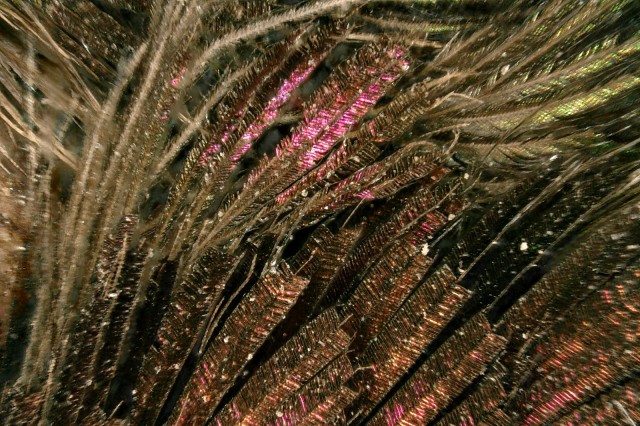A First Step to Bird Names as Simple as ABC
First-of-its-kind Avian Lexicon Atlas maps how bird species get their names
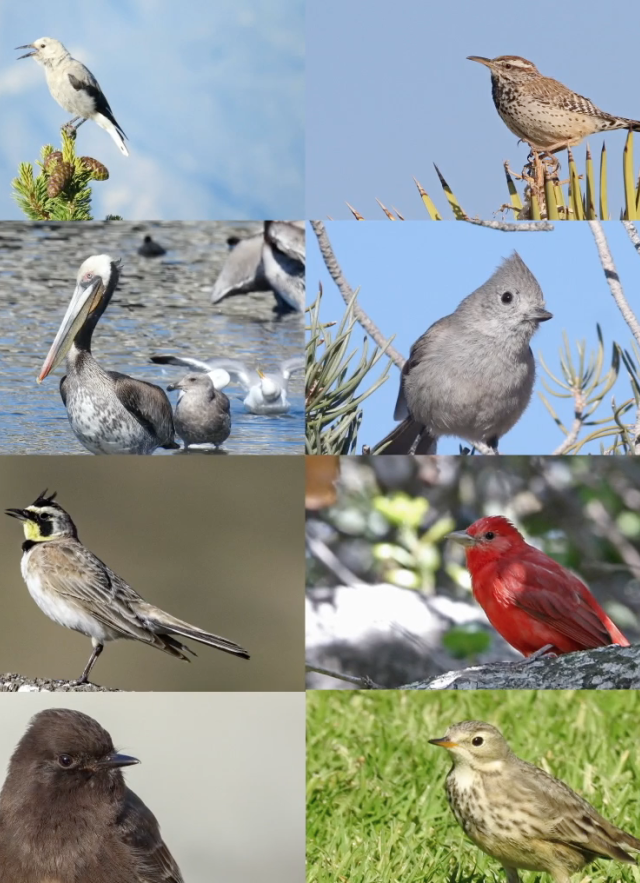
Published June 11, 2025
When you first start paying attention to birds in Southern California, it’s hard to miss our two most common hummingbirds: Allen’s and Anna’s.
Distinguishing between the two can be difficult at first, and being named after people doesn’t help. Human-derived names don't tell anybody what these birds actually look like. That can be a barrier for would-be bird lovers. Which brings us to a new study by the Natural History Museum of Los Angeles County and New York University, published in the journal PLOS One.
Bluejays, bald eagles, and black phoebes might be familiar, but there are thousands of bird species, and the breakdown of how birds as a worldwide flock got their names is surprisingly not well understood. Are they mostly named after looks, like the blue jay, or after humans, like the Stellar’s jay?
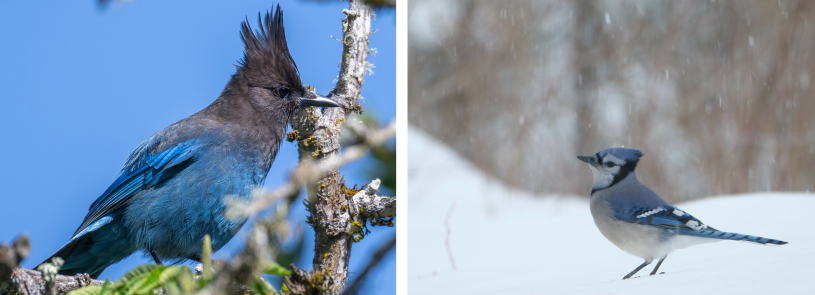
The researchers behind the first-of-its-kind study built a database of almost 11,000 names to find out. It’s called the AvianLexiconAtlas, and through building it, the authors discovered that almost 90 percent of birds are named for their appearance, habitat, or other characteristics, while only 11 percent are named after people. This database follows the 2024 American Ornithological Society announcement that bird species names currently honoring humans within its jurisdiction would be changed.
What's in a name?
"This project started with me and my collaborator Erin wondering how many species of birds were named after plumage colors only found in males,” says Dr. Allison Shultz, co-author and Curator of Ornithology at the Natural History Museum of Los Angeles County. “We found that about 1,000 of the 11,000 species were named after only male plumage, but just 20 were named after only female plumage. Besides that, the study also ended up giving us a rich insight into how birds are named overall. Those naming processes can reflect all the strangeness and specificity of the people naming them, their culture, and their history, things that wouldn’t help tell you what a bird looks like.”
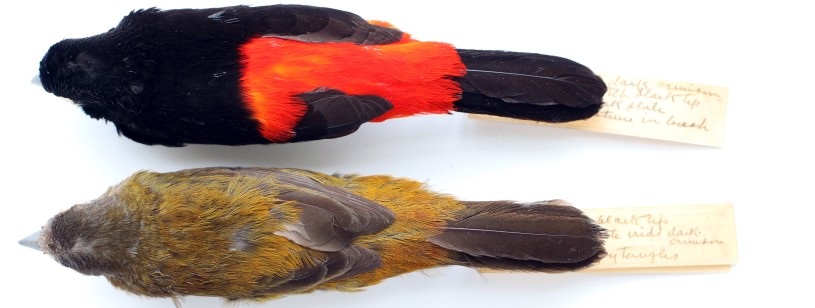
Naming bird species for male plumage can make it difficult for non-experts to identify their female counterparts, especially because bird plumage can be highly sexually dimorphic, with male birds being much more colorful than females.
“In the future, we look forward to combining what we learned with rich sources of data like our bird collections to understand the connections between birds and people better. This provides valuable insights in helping develop approachable names that help strengthen this connection and ultimately help protect birds and nature,” says Shultz.
Below are just the A, B, and C of the Birdabet. Explore the Avian Lexicon Atlas here, and stay tuned for more letters and more cool stories behind bird names.
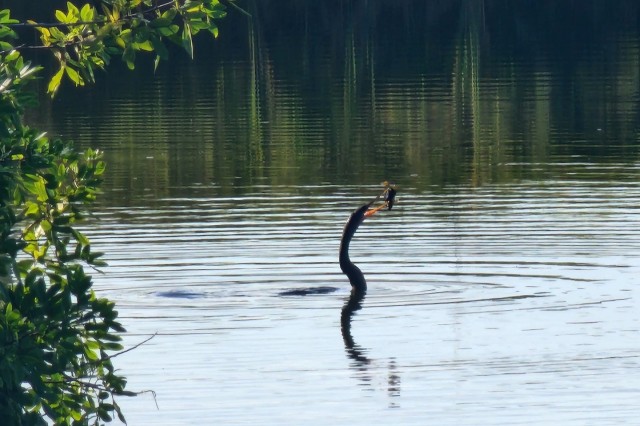
iNaturalist observation by Chase Harris
A is for anhinga (Anhinga anhinga)
The name derives from the Tupi people of Brazil’s word for "little head", and for an evil spirit of the forests, or the devil bird, referring to how they look like a snake when they swim.
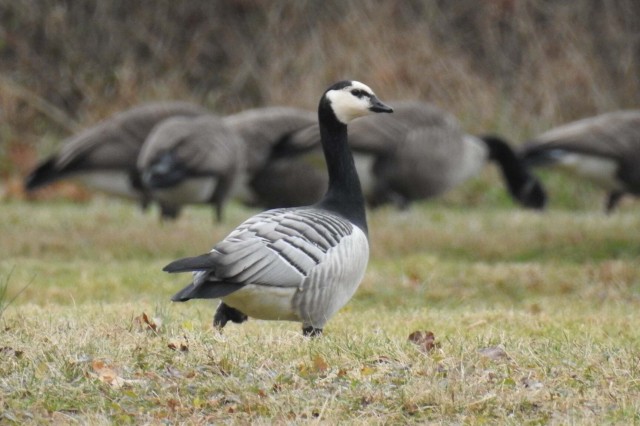
iNaturalist observation by Ryan
B is for barnacle goose (Branta leucopsis)
This name comes from a medieval myth that involves a misunderstanding in bird migration. When the barnacle goose arrives after migration, it was thought that they emerged from goose barnacles. The people didn’t yet know that they migrated to different geographic areas.

C is for chimney swift (Chaetura pelagica)
“It is a species that captures the intimate relationships that some birds have with structures we built, nesting into the heart of our homes and cities,” says co-author Juliana Soto-Patiño, PhD candidate and researcher at the University of Illinois Urbana-Champaign. Chimney swifts build their nests of twigs and saliva on vertical surfaces (like chimneys). Before chimneys, they used hollow trees.
Photo by Greg Schechter used under CC BY 2.0
1 of 1
A is for anhinga (Anhinga anhinga)
The name derives from the Tupi people of Brazil’s word for "little head", and for an evil spirit of the forests, or the devil bird, referring to how they look like a snake when they swim.
iNaturalist observation by Chase Harris
B is for barnacle goose (Branta leucopsis)
This name comes from a medieval myth that involves a misunderstanding in bird migration. When the barnacle goose arrives after migration, it was thought that they emerged from goose barnacles. The people didn’t yet know that they migrated to different geographic areas.
iNaturalist observation by Ryan
C is for chimney swift (Chaetura pelagica)
“It is a species that captures the intimate relationships that some birds have with structures we built, nesting into the heart of our homes and cities,” says co-author Juliana Soto-Patiño, PhD candidate and researcher at the University of Illinois Urbana-Champaign. Chimney swifts build their nests of twigs and saliva on vertical surfaces (like chimneys). Before chimneys, they used hollow trees.
Photo by Greg Schechter used under CC BY 2.0
